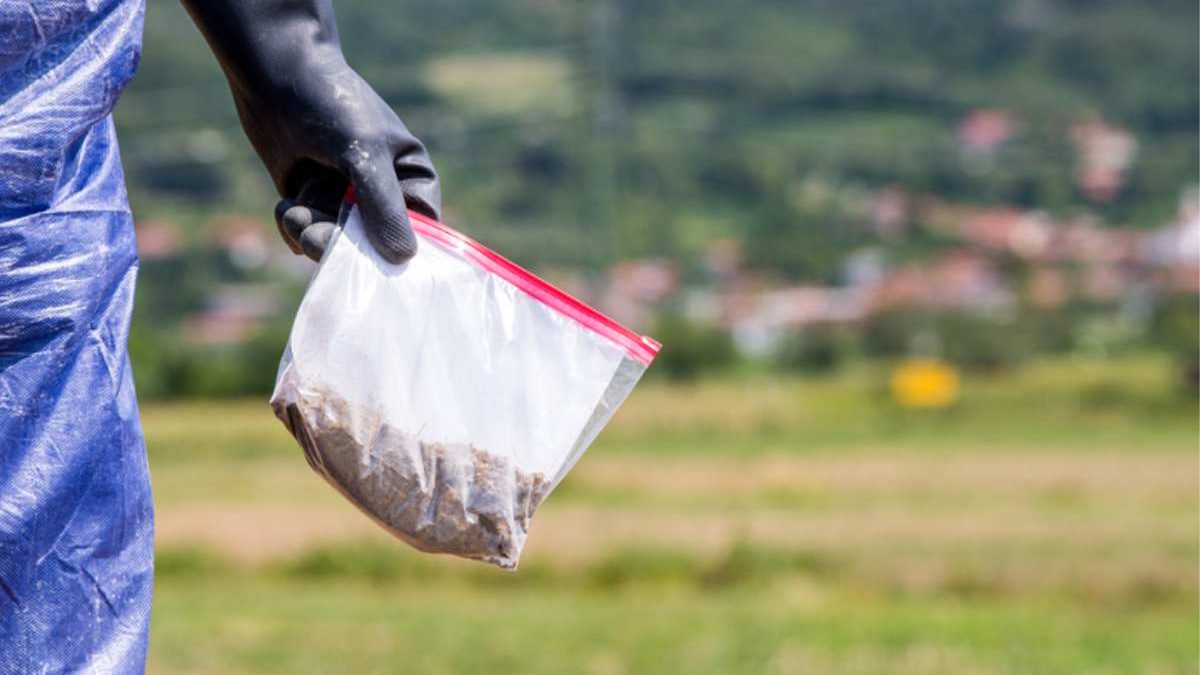In an age where safety and well-being are paramount, the role of an industrial hygienist has become increasingly vital. These unsung heroes work tirelessly behind the scenes to protect workers and communities from exposure to hazardous materials. Industrial hygienists safeguard our health within manufacturing plants, construction sites, healthcare facilities, or even your neighbourhood. Learn everything you need to know about industrial hygiene, from exploring what industrial hygienists do and their challenges to why their work is essential today. Understand the ins and outs of hazardous materials assessment through the lens of industrial hygiene and how it contributes to a safer and healthier environment.
Table of Contents
Industrial Hygiene: More Than Meets the Eye
Industrial hygiene is a multifaceted field dedicated to recognizing, assessing, and mitigating risks associated with various workplace and environmental factors, primarily focusing on assessing hazardous materials. It encompasses a wide range of disciplines, including toxicology, chemistry, engineering, and ergonomics, to ensure the well-being of individuals in industrial and community settings.
The Key Responsibilities of an Industrial Hygienist
- Hazardous Materials Assessment: At the core of an industrial hygienist’s role is the assessment of hazardous materials. These involve identifying and analyzing potentially harmful substances in the workplace or environment. Industrial hygienists recognize these risks, whether toxic chemicals, asbestos, lead, or airborne contaminants.
- Exposure Monitoring: Industrial hygienists monitor once potential hazards are identified. Typically, it entails measuring and quantifying the levels of hazardous materials in the air, soil, water, or other mediums. They determine if these levels threaten human health through meticulous data collection and analysis.
- Risk Assessment: Industrial hygienists evaluate the risks associated with specific exposures. They consider factors such as the type and concentration of hazardous materials, the duration and frequency of exposure, and the effectiveness of existing control measures. This assessment helps in determining the appropriate steps to mitigate risks.
- Control Measures: Industrial hygienists develop and implement control measures to minimize or eliminate exposure to hazardous materials. It can involve engineering controls (e.g., ventilation systems), administrative controls (e.g., work practices and training), and personal protective equipment (e.g., respirators or protective clothing).
- Regulatory Compliance: Staying abreast of ever-evolving health and safety regulations is fundamental to the job. Industrial hygienists ensure that workplaces and environmental conditions comply with local, state/provincial, and federal regulations. They help organizations navigate complex regulatory landscapes.
- Training and Education: Effective communication is key. Industrial hygienists educate workers, management, and the community about potential hazards, safe practices, and the importance of adhering to protocols. They empower individuals with the knowledge needed to protect themselves and others.
The Real-Life Impact of Industrial Hygienists
Now that you understand what an industrial hygienist does. Check out the various ways they apply their expertise to the real world for the better.
Occupational Health & Safety
Industrial hygienists are instrumental in reducing occupational health risks. Identifying and mitigating hazardous materials in workplaces contributes to safer working conditions and healthier employees. This, in turn, results in reduced absenteeism, lower healthcare costs, and increased productivity.
Environmental Protection
Beyond the workplace, industrial hygienists play a significant role in safeguarding the environment. Their expertise in hazardous materials assessment helps prevent pollution and contamination of natural resources. Whether ensuring proper chemical waste disposal or assessing soil contamination at construction sites, their work directly impacts ecosystems and communities.
Emergency Response
In times of crisis, industrial hygienists are on the front lines. They provide critical support during natural disasters, industrial accidents, or disease outbreaks. Their knowledge of hazardous materials and risk assessment aids in coordinating emergency responses, protecting first responders, and minimizing public health impacts.
Challenges in the Field
Industrial hygienists face several challenges in their pursuit of creating safer environments. These challenges include:
- Evolving Hazards: As industries advance and new technologies emerge, so do new hazards. Industrial hygienists must continuously adapt to identify and mitigate evolving materials and processes risks.
- Resource Constraints: Limited budgets and resources can hinder the implementation of effective control measures. Industrial hygienists must often find cost-effective solutions to protect workers and the environment.
- Complex Regulations: Navigating a web of intricate regulations can be daunting. Staying up-to-date with local, state, and federal requirements requires meticulous attention.
- Communication Barriers: Effectively conveying the importance of safety measures to diverse audiences, from workers to management, is crucial. Industrial hygienists must overcome communication barriers to ensure compliance.
- Technological Advancements: While technology can assist in hazardous materials assessment, it also presents challenges. Industrial hygienists must keep pace with technological advancements to harness their benefits for safety.
The Future of Industrial Hygiene
Industrial hygiene is poised for a dynamic future. As industries continue to evolve, the role of industrial hygienists will become even more critical. Here are some trends shaping the field:
- Advanced Monitoring Technologies: The advent of sophisticated monitoring devices, including wearable and remote sensing technologies, is revolutionizing exposure assessment. These tools provide real-time data, enhancing the precision of risk evaluation.
- Data Analytics & Artificial Intelligence: Industrial hygienists increasingly leverage data analytics and artificial intelligence to analyze vast datasets efficiently. In turn, it enables more accurate risk assessments and predictive modelling.
- Sustainability & Green Practices: Environmental sustainability is a growing concern. Industrial hygienists are at the forefront of promoting eco-friendly practices and ensuring that hazardous materials are handled responsibly.
- Public Health Preparedness: In light of recent global health crises, industrial hygienists play a pivotal role in public health preparedness and response planning. Their expertise is invaluable in preventing and mitigating health threats.
Industrial hygienists are unsung heroes working diligently to protect our health and the environment. Hazardous materials assessment, risk mitigation, and regulatory compliance create safer and healthier spaces for us to live and work. As industries advance and new challenges arise, the role of industrial hygienists will continue to evolve, ensuring that safety remains a top priority in an ever-changing world. Their dedication to safeguarding health is a testament to the importance of their profession in our lives.

